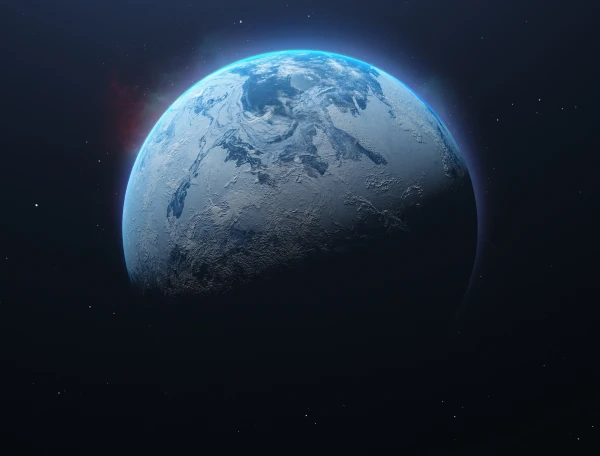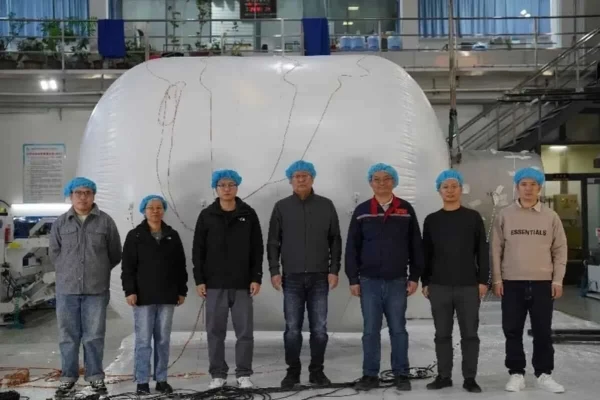
For years, scientists have warned that our planet is likely on the brink of crossing several tipping points that could push Earth into the so-called "death loop." Scientists explained whether humanity can avoid this fate, writes Focus.
Numerous studies indicate that Earth is likely on the brink of crossing several tipping points in climate change that could have irreversible and devastating consequences. What are these so-called "tipping points" and can humanity escape the fate that awaits it, writes Live Science.
Climatologists warn that global warming could trigger a cascade of "tipping points" that threaten to plunge Earth into true chaos. But what are these tipping points and what will happen to the planet and humanity if we do cross them?
What are Tipping Points?
Tipping points are thresholds in key systems of the planet beyond which long-term changes in the environment occur. Crossing a tipping point triggers a feedback loop that shifts the systems into a different state – this is why these thresholds are often considered irreversible "points of no return."
Previous research has already identified numerous potential tipping points, but among the most significant are:
- the collapse of polar ice sheets;
- the melting of permafrost that stores carbon;
- widespread forest die-off.
If climate change is left unaddressed, the risk of crossing these tipping points will increase. Since Earth's systems are interconnected, this could lead to a domino effect that would also trigger other tipping points.
Feedback Loop
Humanity is known to be heating the planet by releasing vast amounts of greenhouse gases into the atmosphere. These gases, such as carbon dioxide and methane, absorb outgoing radiation, trapping heat and raising the planet's average global temperature.
The increase in greenhouse gas emissions, scientists say, is largely due to the burning of fossil fuels such as coal, oil, and natural gas for energy. However, there are also natural processes that lead to the emission of greenhouse gases, as well as processes that absorb them. Warming can activate, amplify, or disrupt these natural processes, further accelerating the heating of Earth.
Melting Permafrost
One of the most well-known tipping point scenarios involves the melting of permafrost in the Arctic. It is known that permafrost contains vast amounts of carbon, so as global temperatures rise and permafrost melts, more carbon dioxide will be released into the atmosphere. This, in turn, will lead to further warming and melting of permafrost, creating a vicious cycle.
For example, a 2024 study showed that permafrost determines water flow, and its melting can lead to the formation and expansion of rivers, which in turn will increase carbon emissions.
Destruction of Ice Sheets
Another tipping point is considered to be the destruction of the planet's ice sheets. Observations show that since the 1990s, ice melt from the Greenland and West Antarctic ice sheets has significantly accelerated due to rising global temperatures. Further ice melt means rising sea levels, which threaten coastal settlements around the world. Scientists believe that today the ice sheets are approaching a critical point that could lead to their collapse into the ocean. Moreover, scientists fear that they may have already reached it.
Amazon Rainforests
The Amazon rainforests are sometimes referred to as the "lungs of the planet," however, scientists say this assertion is quite misleading. Although the Amazon forests naturally absorb carbon, the ocean has always been a much larger and more significant carbon sink. Furthermore, the "lungs" that the Amazon has are failing and breaking down.
Some scientists warn that the combination of climate change and deforestation puts the Amazon on the brink of a tipping point that could transform it from lush tropical forests into a denser savanna within a century. However, not all scientists support this idea.












